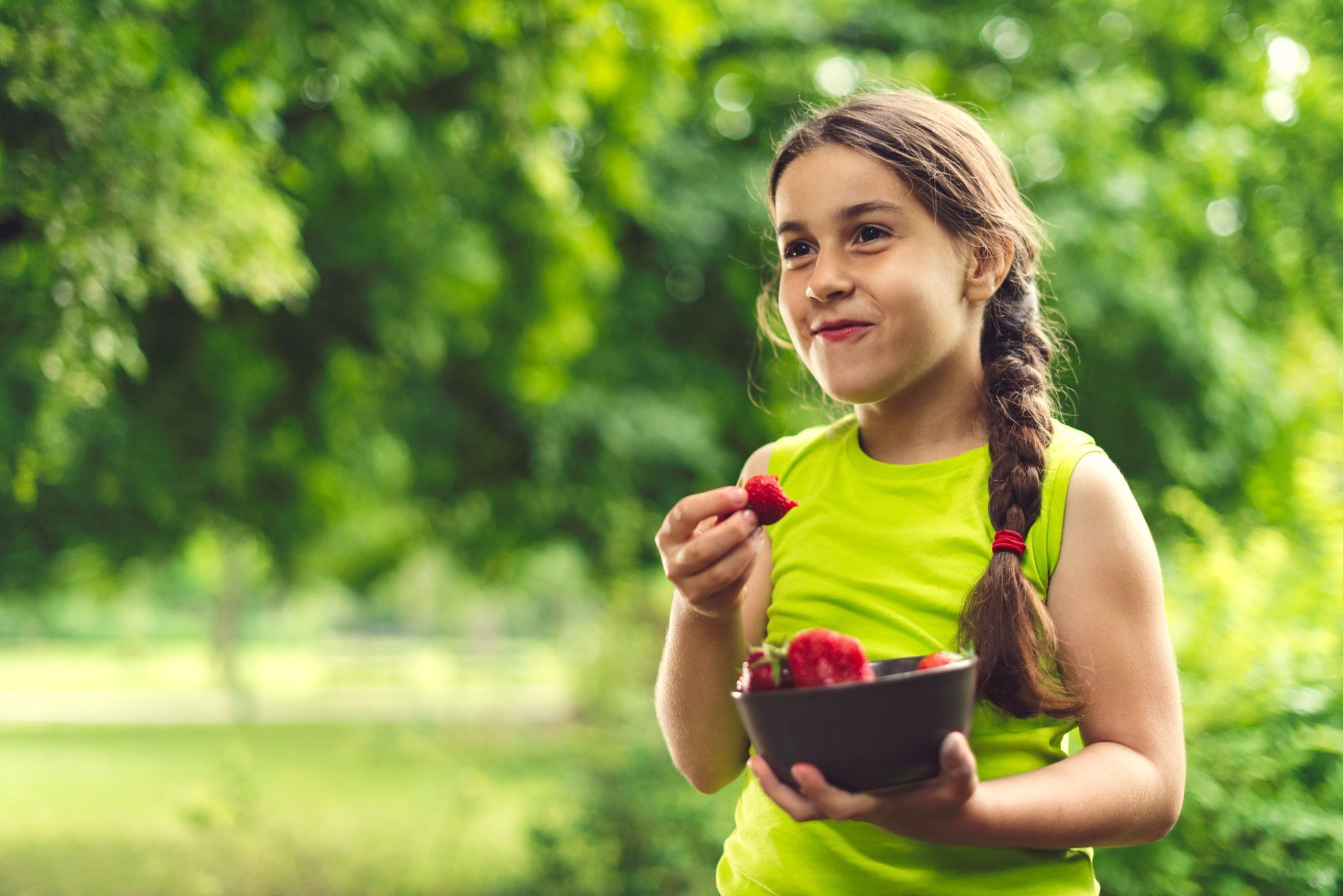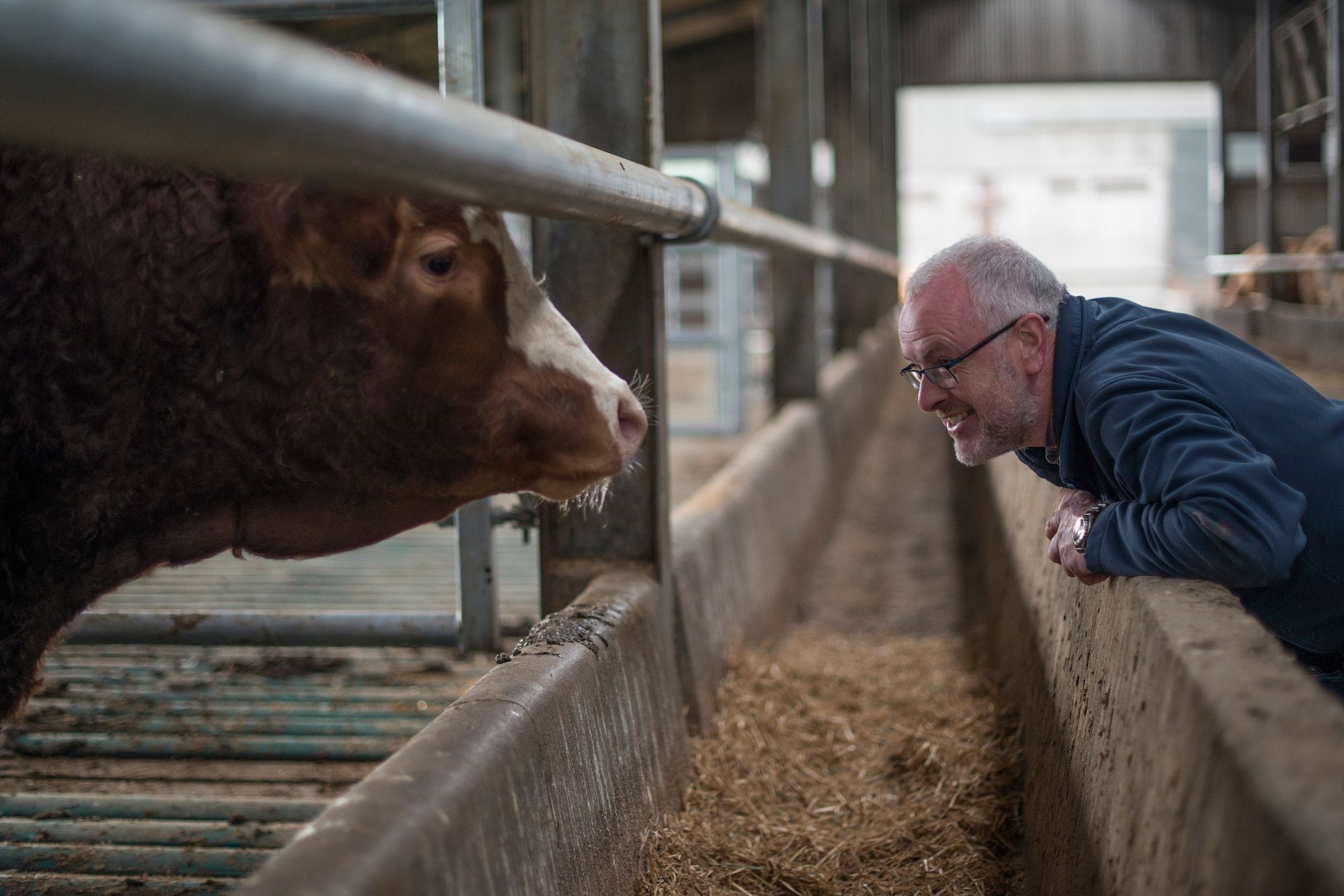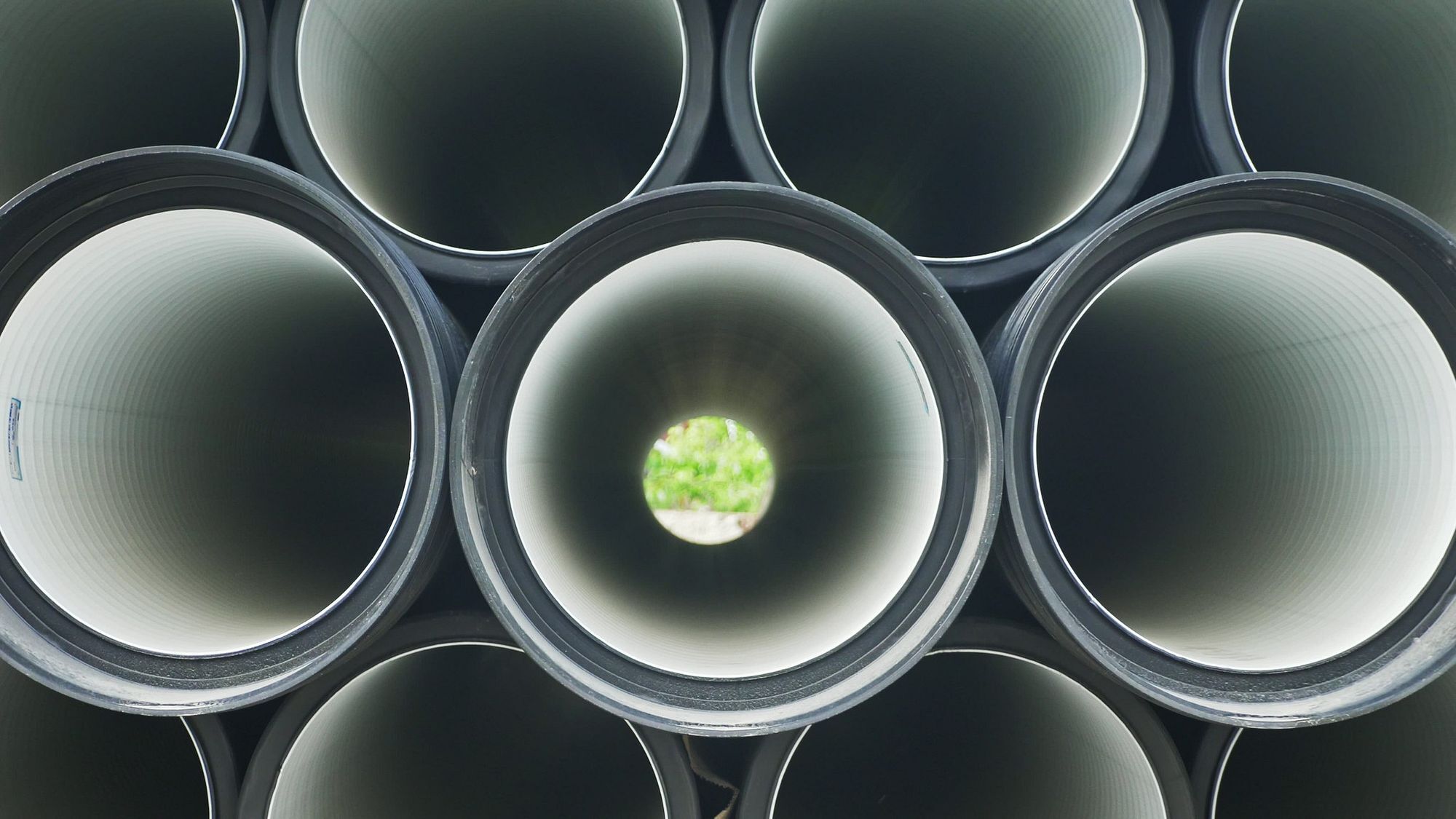Be Ready With Our Do’s and Don’ts for Emergency Preparedness
Hurricane-force winds. Raging floodwaters. Violently rotating tornadoes. No matter where we live, natural disasters can hit at any time. While weather satellites and radar help warn us of natural disasters, it’s not always enough time to be prepared.
Hurricane season is here through November, and Ida and Julian have already left a wake of disaster in their path with deadly and paralyzing flooding, widespread power outages and families evacuated from their homes. This is happening across the globe as climate-driven torrential rains cause dangerous and disruptive flooding in underground rail systems from New York City to London, Taipei, Bangkok and a host of other cities
Like me, you’re probably asking yourself, “What can I do to be more prepared?”
Stock up on water, food and shelter necessities now and replenish as these items expire. Collect water, canned foods and other emergency supplies — including batteries, flashlights and a first aid kit — before a weather warning is issued, not after the storm. Make sure everything is in containers that provide protection, portability and easy access.
“Don’t wait, prepare now,” our experts advise. An emergency preparedness plan can make a difference between life and death with any natural disaster. We’ve gathered these tips to get you organized before chaos hits.
Do’s and Don’ts for Emergency Preparedness
Do store at least one gallon of drinking water per person for at least three days.
- Store the water in a cool, dry place away from direct sunlight and heat sources.
- Keep your pets in mind when estimating how much drinking water you’ll need.
Do consider other water sources such as melted ice cubes (made before the emergency).
Collect rainwater in clean, food-grade storage containers. Before using, boil it two to three minutes to kill bacteria.
Do gather at least a three-day supply of nonperishable food.
- Canned food is best. Other non-perishable food can be kept until its expiration date.
- Pack a manual can opener and eating utensils too.
- Keep your pets in mind when estimating how much food you’ll need.
Do consider having a grab-and-go supply of important medicines and medical equipment.
First aid kits and an emergency supply kit are important too.
Do pay attention to emergency evacuations.
Staying where you are is not always the safest thing to do. Learn ahead of time where emergency shelters are located and how your community notifies residents of emergencies.
Do reach out for help.
Friends and family can be there for you and your household. Also remember there are federal, state and local agencies set up to help.
Don’t store your emergency water supply in a garage, shed or other area where it could be exposed to heat or chemical fumes.
Keep water containers high enough off the floor to limit exposure to flood waters.
Don’t attempt to freeze contaminated water, as freezing does not kill bacteria.
If you choose to purify and store your own water, use glass or food-grade plastic containers (e.g., PET) with screw-on caps. Clearly mark containers with the date the water was stored and replace annually. The old water can be used for watering plants, flushing toilets or other non-drinking water uses.
Don’t drink water from swimming pools or water beds.
These may contain chemicals at harmful levels.
Don’t open containers without first washing them with soap and water or even sanitizing them to avoid cross-contamination.
To make a sanitizing solution, use five tablespoons (1/3 cup) of bleach per gallon of water or four teaspoons of bleach per quart of water. Allow at least one minute of contact time. Rinse thoroughly and allow to air-dry.
Don’t keep things like wooden kitchen items and plastic baby supplies (such as bottles, nipples or pacifiers) after a flood.
For other baby items or any non-wooden item in the kitchen you want to keep), contact the manufacturer to see if these items can be sanitized.
Don’t eat or save food from the refrigerator or freezer if there was any flood water contact or if the appliance was without power.
Always act on the side of caution when it comes to food. You don’t want to get a foodborne or waterborne illness because your food “looked OK to eat.”
Sign Up for Tips for Better Living
Stay up to date with what matters most to you and your family.
Related Posts

Foodstuffs: How To Store and Heat Leftovers Safely

Kitchen Cleaning 101: Your Ultimate Guide to Optimum Kitchen Cleaning

Keeping a Clean Home, Especially When You Share It With Your Pet

loMT: Utilize Internal Information Security Expertise to Combat Cyber Risks
Sources:
www.usatoday.com/story/news/nation/2021/09/01/2021-hurricane-season-halfway-mark-whats-next/5667112001/
www.npr.org/2021/09/02/1021185475/climate-change-means-more-subway-flooding-worldwide-like-new-york-just-experience
www.sciencedaily.com/releases/2021/08/210812092731.htm
www.cdc.gov/healthywater/emergency/drinking/creating-storing-emergency-water-supply.html
www.foodsafety.gov/keep-food-safe/food-safety-in-disaster-or-emergency#after
www.cdc.gov/coronavirus/2019-ncov/prevent-getting-sick/disinfecting-your-home.html#disinfect
How NSF Can Help You
Get in touch to find out how we can help you and your business thrive.

What’s New with NSF

Healthy People Living on a Healthy Planet: The Future We’re Working For
April 4, 2024
American Meat and Egg Distributors Now California-Ready with NSF’s Prop 12 Certification
April 3, 2024
2024 GFSI Conference - Meeting the Needs of our Evolving World
March 20, 2024